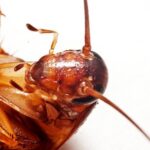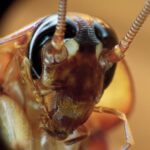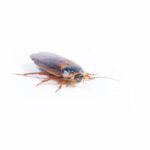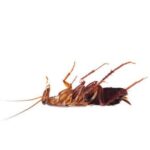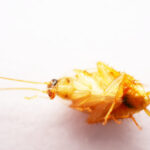How Can One Cockroach Reproduce Without a Mate?
It may seem impossible, but cockroaches can reproduce without a mate. A female cockroach can lay up to 200 eggs in her lifetime. Although most species are oviparous (mother lays more than one egg), a few species can reproduce without a mate. Known as parthenogenesis, this method produces offspring entirely from the mother’s cells. The resulting offspring tend to have lower survival rates than their sexual counterparts.
The reproductive rates of cockroaches differ from species to species. The American cockroach, for example, is known to occasionally traverse sewer lines and toilet traps. If it survives the submersion, it can lay eggs on the other side of the pipe or in the drain.
Cockroaches reproduce quickly, as long as they have a food and water source. It can take only a single eggcase to drastically change the population of a cockroach species. Therefore, if you are concerned about the cockroach population, you should consider taking steps to control it.
Roaches reproduce through a process called incubation. Female cockroaches deposit their eggs inside a hard, oval capsule called an ootheca. They then place the egg cases near a food source. They use saliva to adhere the egg cases to suitable surfaces. The egg capsule contains enough food and water for the baby roaches to survive until they hatch. The baby roaches can then forage for food and water.


